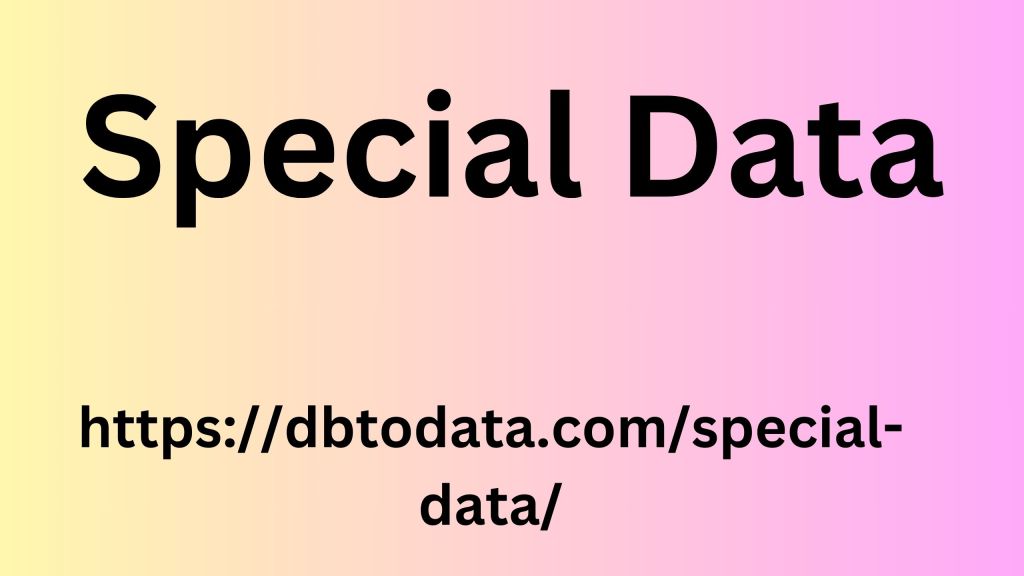|
|
User-friendly navigation meinnotizbuch.de shows the user where they are: The corresponding category (in this case “Pencils”) is highlighted in color, and the breadcrumbs navigation (home page > Pens > Pencils) also shows which (sub-)category it is in User is located. By the way: The menu should n't contain too many sections , otherwise it will be confusing for the user. The 7 +/- 2 rule is often cited as a guideline , meaning: the main menu of a website should contain at least five and a maximum of nine elements . Although this rule is controversial , it makes sense not to overload the menu.
On the one hand, you make it easier for the user to quickly orient themselves with a Special Data manageable number of categories, and on the other hand, you ensure a proper structure in your shop. “Jackets” and “T-shirts” are well placed under the umbrella term “tops”. Listing them separately in the menu would only make sense if you run an online shop purely for tops (but don't have any trousers or accessories in your range). Appropriate photos, headings, texts, but also elements such as the logo and the company name tell the user where they are: A shop for rubber boots.

A shoe shop that offers, among other things, rubber boots? An information portal for rubber boot lovers? A blog with tips for rubber boot wearers? Especially on the homepage , every visitor should quickly understand what your website offers them. Best practice home page usability The name says it all: at gummischuhprofi.de the user can quickly see what is available to buy here thanks to the clear (product) images. Show the user where to go with CTAs. Well-placed, coherent calls-to-action support user navigation in your shop. Ideally, they redirect users to exactly the pages they are interested in (e.g. from the homepage to a landing page or to further information).
|
|